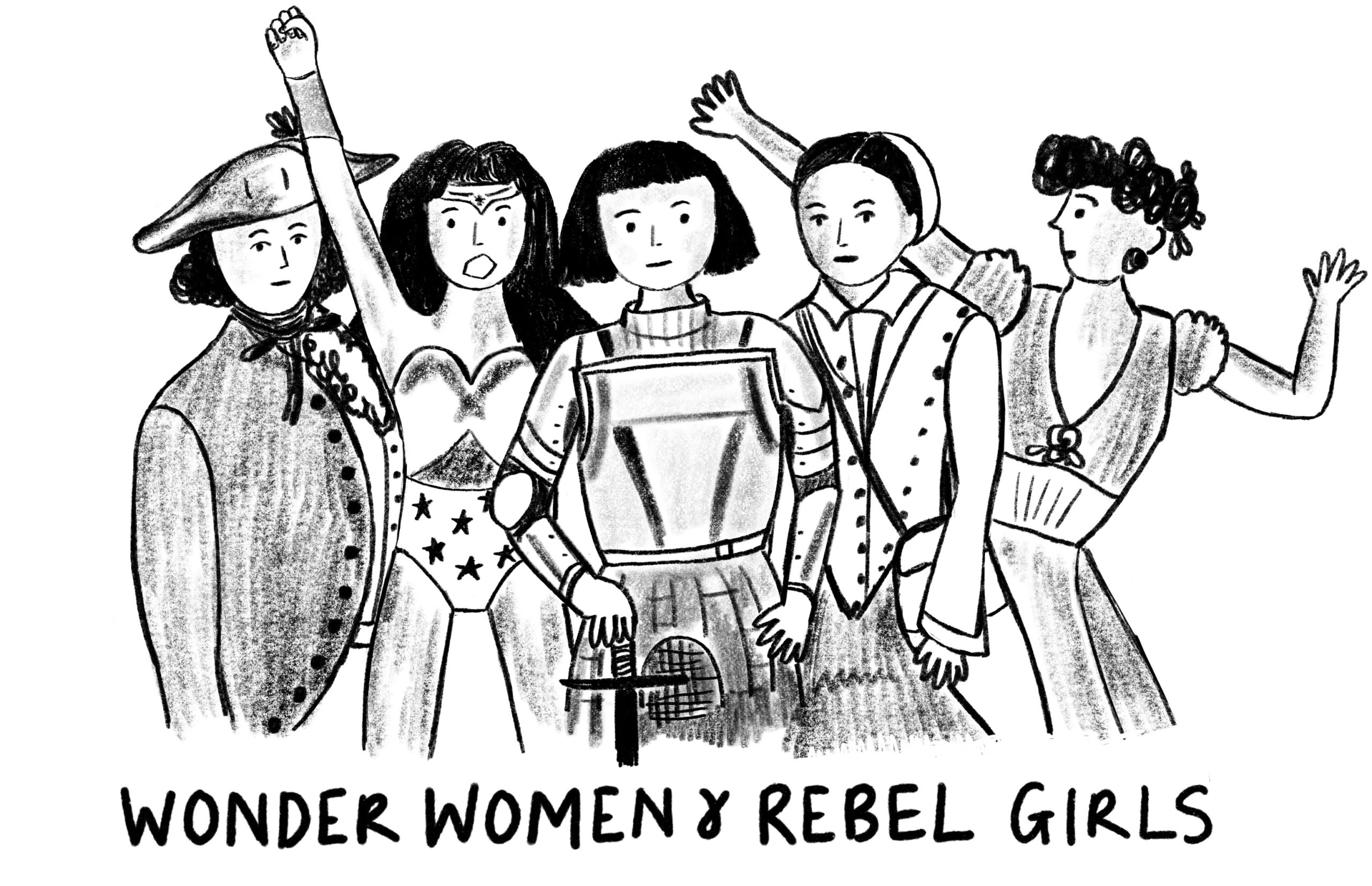Upon closing the final pages of The Novels of Frances Hodgson Burnett In ‘the World of Actual Literature,” I am spellbound. As a reader of Burnett’s children’s works, Recchio brings so many dimensions of her adult writing, thus broadening the scope. Recchio, Professor of English, Emeritus at University of Connecticut, attempts to place the author, best known for her children’s literature such as The Secret Garden and Little Lord Fauntleroy, solidly in the realm of serious women writers of adult fiction. With his extensive academic knowledge and publications on the Victorian literature on the writings of Elizabeth Gaskell, he builds well-documented arguments worth reading within the five chapters of the book.
Tag: gender & sexuality
Roundtable Review: Queer/ing Book History. SHARP: Moving Texts. 2021.
Poring over card catalogues? Check. Feeling oddly compelled by titles, cover copy or illustrations? Check. Scrutinising author photographs and biographies, publishers’ colophons and blurbs? – I’m just going to come right out and say it. Queer readers are closet book historians. For much of the last century and the early years of the present one, a necessarily partial, subjective canon of queer literature could only be strung together by tenacious readers willing to follow such tenous, coded “threads of connection”, which depend as much on material books and their paratexts as on their content. “Before love”, as Valerie Rohy puts it, “there was the library; before intimacy, before identity, before community, there were books”. But although the links between sexuality and textuality are well-rehearsed, the scholarly fields of book history and bibliography have been somewhat slower to accommodate queer theories, methods and pedagogies.
Pamela’s Letterbox
At first, the move from in-person instruction to an online Zoom classroom seemed like it would hit us particularly hard in Dr. Matt Kirschenbaum’s “BookLab: How to Do Things with Books” course. The course focused not only on the theoretical affordances of reading textual materiality, but also on getting our hands dirty with the physical production of material objects: using clay tablets, making paper, playing with a 3-D printed type matrix and punch, collation exercises, bookbinding, letterpress printing. On our last day of class, the same day our university announced its plans for a campus closure, we were all huddled around one of the presses pulling prints of Walt Whitman’s “A Font of Type” on the paper we had made only a few weeks prior.
CFP: Wonder Women & Rebel Girls (deadline 6/15)
4th September 2020 Centre for War Studies, University College Dublin Online Workshop Keynote: Dr Emma Butcher (University of Leicester) ‘War…
John Markert. Publishing Romance: The History of an Industry, 1940s to the Present; William A. Gleason and Eric Murphy Selinger, eds. Romance Fiction and American Culture: Love as the Practice of Freedom
John Markert. Publishing Romance: The History of an Industry, 1940s to the Present. Jefferson, NC: McFarland & Company, 2016. 334p….



